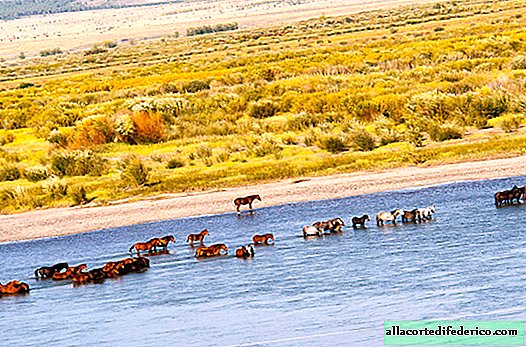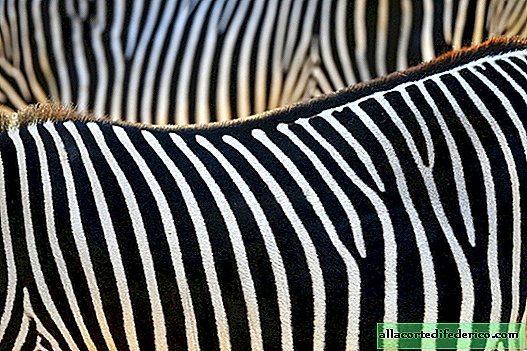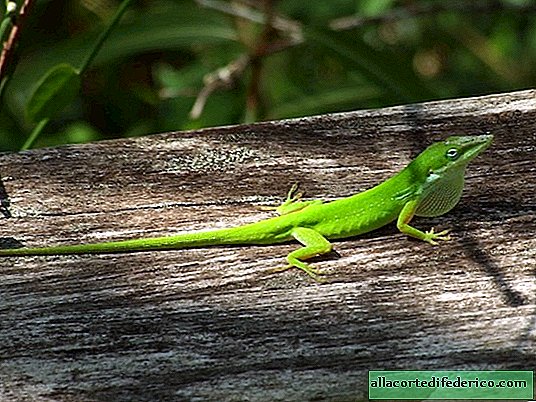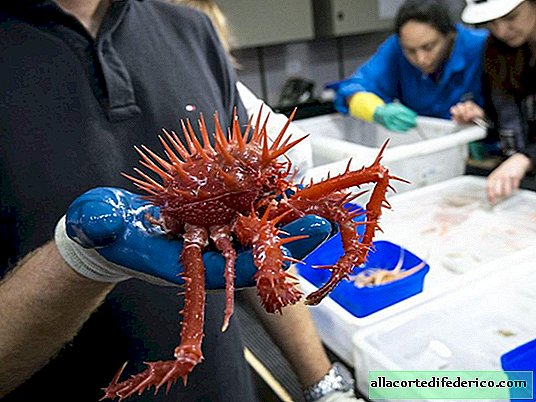The revival of the white oryx, which was completely exterminated in the wild
Just 40 years ago, the Arabian oryx was absent in the wild, and the last representatives of this species lived out their lives in zoos and a couple of private nurseries. Fortunately, there were enthusiasts who did not want to put up with this state of things and initiated a program to restore animals in the wild. The efforts of an international group of scientists and volunteers were successful, and the Arabian Oryx became one of the few species of animals that first disappeared through the fault of humans, and then was restored thanks to timely measures.

A snow-white skin reflecting the sun, a unique circulatory system that helps cool the brain, and a low need for water in the body - these are the physiological features that allowed animals to easily exist in deserts. For many millennia, Arabian or White Oryxes inhabited the lifeless regions of the Arabian Peninsula, as well as the territory of modern Syria, Iraq and Israel. But their unique adaptability to the hot climate did not help them escape from the main enemy of all animals on the planet - man. Orixes, along with other ungulates, have long been the subject of hunting for the local population, and with the advent of firearms, the population began to rapidly decline. A noticeable decrease in the number of white oryxes was noted by contemporaries in the 19th century. In the next XX century, no tangible changes occurred, and the last wild animal was killed in 1972.
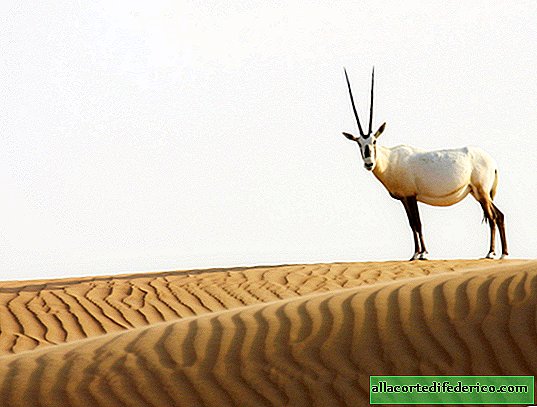
Since then, biologists have thought about restoring the population, and the presence of several animals in captivity has allowed them to hope for the success of the program. In addition, attitudes toward nature and its wild inhabitants began to change in Middle Eastern countries, so the program was supported by several states, on the territory of which white oryxes previously inhabited. Centers for the breeding of these animals were created in Saudi Arabia, as well as in the US state of Arizona. Fortunately, the oryxes reproduced well in captivity, and after 10 years in the deserts, a large-scale program for the reintroduction of animals began. The first country where Arabian oryxes were released was Oman. Then the animals were brought to the territory of Jordan, Israel, Bahrain, Saudi Arabia and the United Arab Emirates, where they were released personally by the Crown Prince Abu Dhabi.
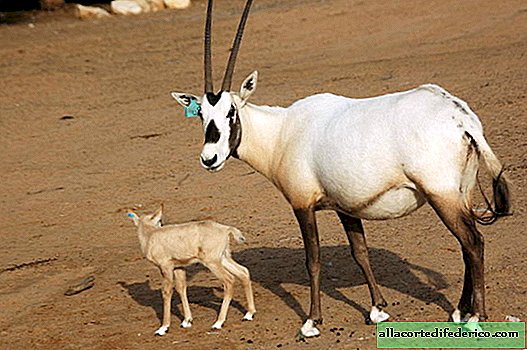
But not all countries have coped with their responsibilities to create a new safe habitat for the Oryxes. Unfortunately, in Oman they could not cope with uncontrolled poaching, and the territory initially allocated was reduced several times. For this reason, the number of animals in this country fell to a critical level, and the reserve lost its environmental status.

But in general, the program to restore the population of Arabian oryxes in the Middle East can be considered very successful. Today, biologists estimate the number of wild populations at 1,000 animals that live in different countries. And the total number of all representatives of this species, including animals from nurseries, today is approaching 2,000 individuals. Perhaps the best situation is in Saudi Arabia, where a large steady population has formed. There are also planned additional measures to increase the number of Arabian oryxes.










